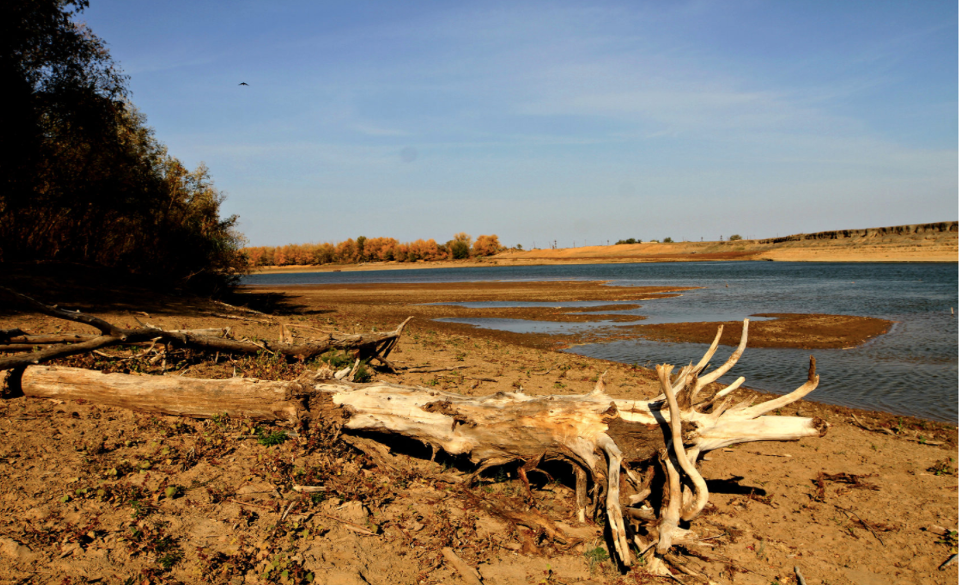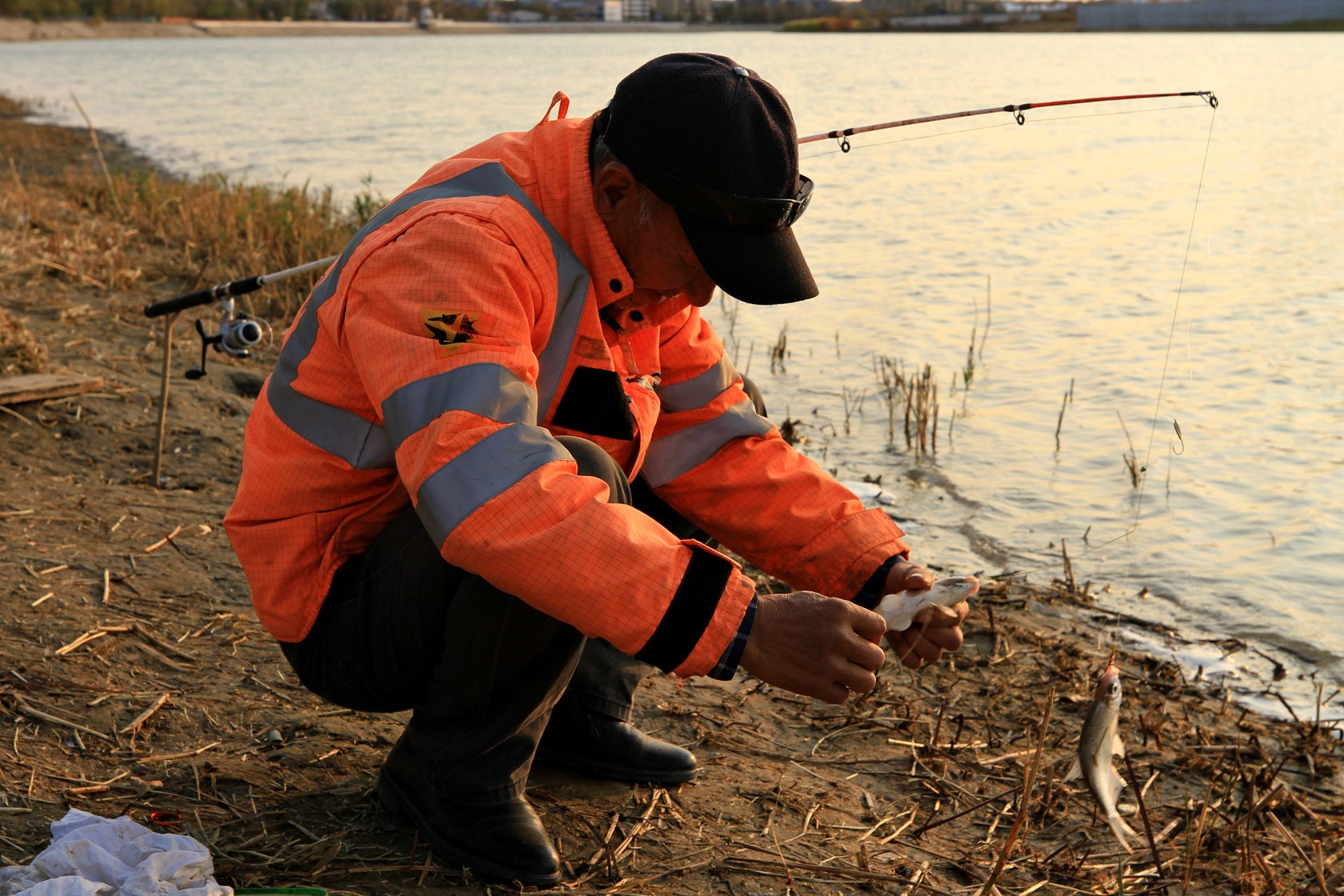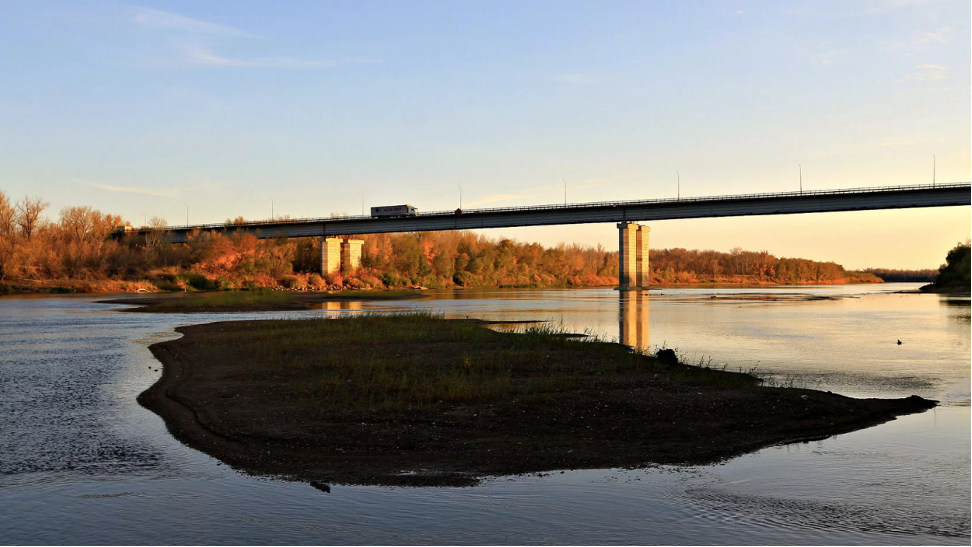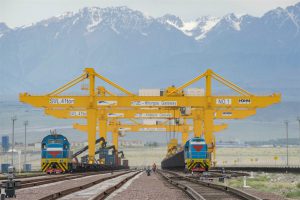The Ural river, which originates in Russia’s Ural Mountains and flows through modern-day Russia and Kazakhstan into the Caspian Sea, has been a life giver for centuries. It provided the water to the medieval Silk Road city of Saray Maly and now is the primary water source for the 4.2 million people that live on its shores. However, the third longest river in Europe has been gradually depleting for decades due to a combination of harmful water management policies, local dependence on the river, industrial pollution and climate change.
Ural river significance
The significance of the Ural Basin to the Eurasian region’s vitality has been recognised for a long time. During the Soviet period, numerous measures were taken to protect the Ural river. Part of the Ural river from Barbastau to the Nord Caspian Sea had protected status; and in 1972 the USSR reduced water withdrawal for industrial needs in an attempt to reduce pollution. A few years later, in 1977, a permanent inter-republic committee was established which was dedicated to the conservation and appropriate use of natural resources in the Ural Basin. Following the fall of the USSR, these issues were governed by two agreements between Kazakhstan and Russia reached in 1992 and 2010, and a Russian-Kazakh Committee for Appropriate Use and Conservation of the Ural Basin.

In more recent years, an agreement was signed on the preservation of the transborder ecosystem between Russia and Kazakhstan in October 2016, providing for joint actions to improve the river’s ecosystem. This was followed by a Russian-Kazakh commission meeting for the first time in November 2018 to discuss the river, recognising the national and subregional importance of the basin. In July 2019 a Russian-Kazakh meeting of officials and environmentalists concluded by recommending the creation of a bilateral body to address ecological issues associated with the river. On 28 October 2020 the second meeting of the Russian-Kazakh Commission for the Preservation of the Ural Transboundary River System took place.
The number, and pace of these meetings, is not enough to address the urgency of the ongoing environmental crisis in the Ural river. In his correspondence with The Third Pole, Aleksandr Chibilyov, one of the foremost experts on the geography of the Ural region – highlighted his report of the October 2019 meeting, which mentions the lack of recognition by speakers when presented with joint institutional and economic conservation mechanisms recommendations. These were a result of a scientific seminar held in Uralsk in July 2019, which highlighted the opportunities for the 2021-2024 program of Russian-Kazakh cooperation on the conservation of the Ural ecosystem.
A perfect storm
In the 1990s, scientists were already calculating that the sturgeon population – which has been around for 250 million years – had declined catastrophically. The situation has only deteriorated since then – in a 2017 special report on the Ural Basin, a Kazakh-Russian group of scientists attested to up to 20 billion tons of industrial waste in the Ural Basin (these include the Ural’s tributaries, of which Sakmara is the largest, providing 80% of the Ural’s water after the construction of the Iriklinsky reservoir). Such statistics explain the phenomena such as the death of a mass of 110 tons of fish in December 2018 at Atyrau, Kazakhstan’s largest oil-producing region. The oil industry along with hydroelectric complexes built to provide energy for Russia’s industrial sector in the Orenburg and Chelyabinsk regions, has had significant effects on the Ural.

The case of the depletion of sturgeon is particularly emblematic of the consequences of inadequate freshwater management. The research of Viktor Lagutov, an ecologist, environmental consultant, and founder of the Ural Basin project, highlights the importance of transboundary cooperation and integrated water management to prevent further deterioration. The economic, social and environmental components of sustainable developments are embodied in his research, and in the Ural Basin project’s proposal for an international Ural sturgeon park. In an interview with The Third Pole, Lagutov underlined the vital importance of such a park, stating that there “are no alternatives” and further stated that, “governance in Russia and Kazakhstan is clearly inadequate for sustainable development and the restoration of the Ural”, highlighting mismanagement, corruption and ignorance, as well as the ineffectiveness of the UN’s Commission on Sustainable Development (CSD).

The Ural basin currently has 13 large scale water reservoirs, each of which has a capacity of at least 10 million cubic metres. The construction of such reservoirs began during the Soviet period with the parallel construction of hydroelectric power stations, but today, many of the reservoirs built in the higher and middle parts of the basin are used inefficiently. Furthermore, the plethora of dams and hydroelectric stations has all but stopped river flow, causing the channel bed to overgrow with reeds and algae. In response to The Third Pole’squestions, Alexander Chibilyov pointed towards his comments that water usage and the need to fill reservoirs remains in spite of the natural cycles of high and low water years. That the water level of the Ural river is depleting is no surprise considering that half its tributaries’ water no longer reaches it.
The combination of these factors poses serious and incredibly immediate risks to the region’s inhabitants and beyond. In early autumn 2019, citizens of Uralsk in West Kazakhstan were left without drinking water, the water having become so shallow that water pumps no longer worked, necessitating dredging as a temporary solution to the problem. In his interview with The Third Pole, Lagutov argued that “only the threat of losing the river as a drinking source can somehow force people into searching for a solution”.
Understanding the urgency
Recent joint efforts by Russia and Kazakhstan show that the gravity of the ecological crisis in the Ural Basin has been realised, but as of yet, no substantial action has been taken to address the pressing issues. The Ural and its tributaries are carriers of unique biological and landscape diversity, not to mention vital sources of water supply. Climate change is having a particularly strong effect on Kazakhstan, with temperatures already increasing by 1.37 degrees Centigrade over the last 100 years and increasing desertification. Concrete action, such as awarding at least parts of the river special status, needs to be taken to reverse the already considerable ecological destruction that has been wrought on the basin, and to mitigate future damage for this endangered river.
![<p>The depleting waters of the Ural are leaving the areas around it increasingly barren [Image by: Raul Uporov, Uralsk Week]</p>](https://dialogue.earth/content/uploads/2021/01/Ural_article_2-2-300x144.png)



![Upendra Prasad Singh, the Union Secretary for Water Resources [image courtesy: Jal Shakti Ministry]](https://dialogue.earth/content/uploads/2019/07/UP_Singh_Photo_Jal-Shakti-Ministry-1-300x164.jpg)
![Saat mule (seven springs)—source of water for Nepal’s first hydropower project installed in 1911. Locals have built seven spouts and use this water for drinking and other purposes. Rest of the water goes to the reservoir pond [image by: Ramesh Bhushal]](https://dialogue.earth/content/uploads/2021/02/untitled-01-300x200.jpg)

![Tsering standing on an outcrop observing her pashmina goat flock [image by: Stanzin Dorjai Gya]](https://dialogue.earth/content/uploads/2021/02/DSC07391-300x200.jpg)
